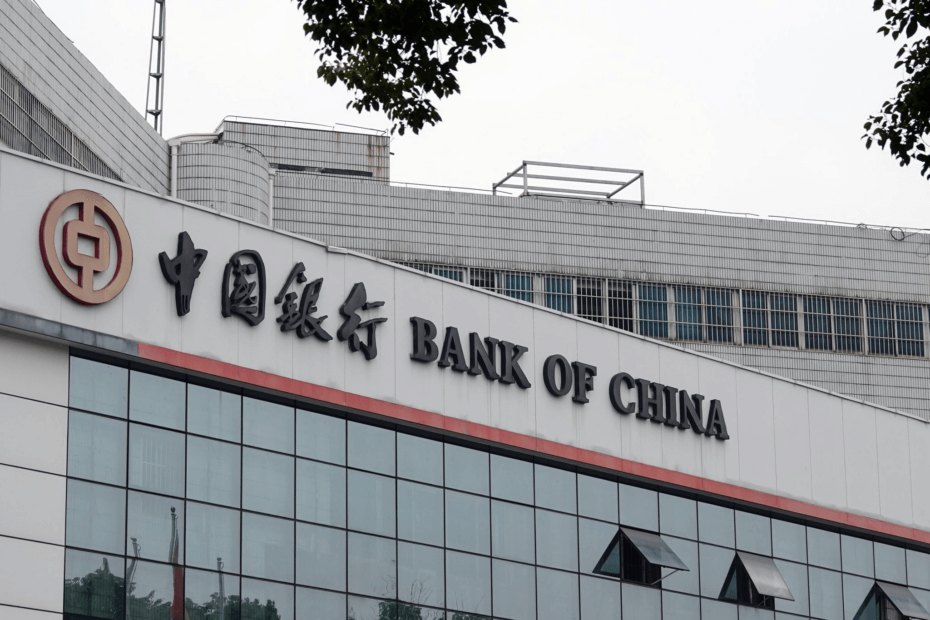China has made a major announcement: staff members of its main financial regulators—including the People’s Bank of China (PBOC), the National Financial Regulatory Administration (NFRA), and the China Securities Regulatory Commission (CSRC)—have their pay cut significantly.
This evolution fits into a larger legislative overhaul scheduled for 2023 meant to match other government servant pay with the compensation of these financial agencies. Effective from this month, the ruling marks a radical change in policy that might have broad effects on China’s regulatory environment as well as the general economic scene.
Contextual Background of the Pay Cuts
Aligning Salaries with Civil Service Norms
The recent cuts are designed to standardize the pay structure of financial regulators with other state agencies. Previously, the PBOC, NFRA, and CSRC enjoyed higher remuneration due to their categorization as public institutions. This allowed them to offer more competitive salaries compared to other government bodies. However, the current restructuring mandates a significant reduction, with staff salaries being slashed by approximately half.
Strategic Goals of the Revamp
Reducing inequalities within the state apparatus is the main goal of this compensation alignment, therefore guaranteeing that the income of financial regulators matches that of civil workers in agencies such as the National Development and Reform Commission (NDRC). This action follows ongoing attempts at top-level government regulatory authority consolidation and streamlining of control.
Detailed Analysis of the Pay Reductions
Impact on Different Levels of Staff
The extent of the pay cuts varies across different hierarchical levels within the regulators:
- Department Heads: These officials, who previously earned between 300,000 to 400,000 yuan annually, will now see their income reduced by about half.
- Subordinate Officials: Officials below the rank of department heads are set to experience a 40% reduction in their salaries.
- Senior Directors: For those at the director level and above, the cuts could be as steep as 60%.
Potential Economic Implications
These pay cuts coincide with China’s broader economic strategy to boost domestic consumption. By realigning salaries within state agencies, the government aims to promote equity and potentially channel additional funds into other sectors.
Challenges and Contradictions
Timing and Economic Recovery
The timing of these reductions is critical, as they come amid China’s efforts to revitalize its slowing economy. Boosting consumption is a key focus, yet the pay cuts may inadvertently dampen spending power among affected employees.
Wage Disparities and Civil Servant Morale
The decision also contrasts with recent wage increases for other government workers, highlighting a complex dynamic within China’s public sector. While some civil servants have seen their wages rise, others, particularly in local governments, continue to face financial difficulties, surviving on modest salaries while supporting families and managing debts.
Recommendations for Future Policy Adjustments
Enhancing Financial Sector Efficiency
To mitigate the potential adverse effects of these pay cuts, it is crucial to implement complementary policies that enhance the efficiency and effectiveness of the financial regulators. This could include:
- Training Programs: Providing additional training and development opportunities to maintain high performance and morale among staff.
- Performance Incentives: Introducing performance-based incentives to reward excellence and ensure motivation despite the salary reductions.
Addressing Broader Economic Objectives
The government should also consider measures that align the regulatory revamp with broader economic objectives, such as:
- Encouragement of private sector job growth will help to absorb any possible consequences from lower public sector staff expenditure.
- Giving lower-income government servants targeted financial support or subsidies will help to offset the effects of the reduction.
Conclusion
The pay cuts for staff at China’s top financial regulators mark a significant policy shift within the country’s regulatory framework. While the move aims to standardize salaries and promote equity, its implications for economic stability and public sector morale require careful monitoring. By implementing supportive measures and ensuring a balanced approach, China can navigate this transition while sustaining its broader economic goals.


 Schedule a free call
Schedule a free call